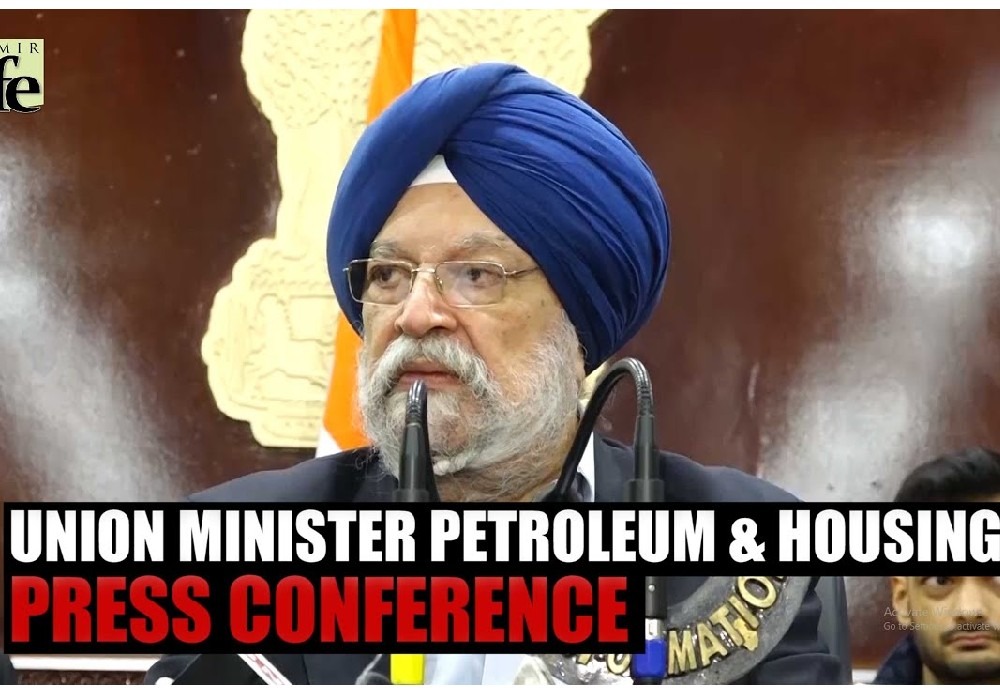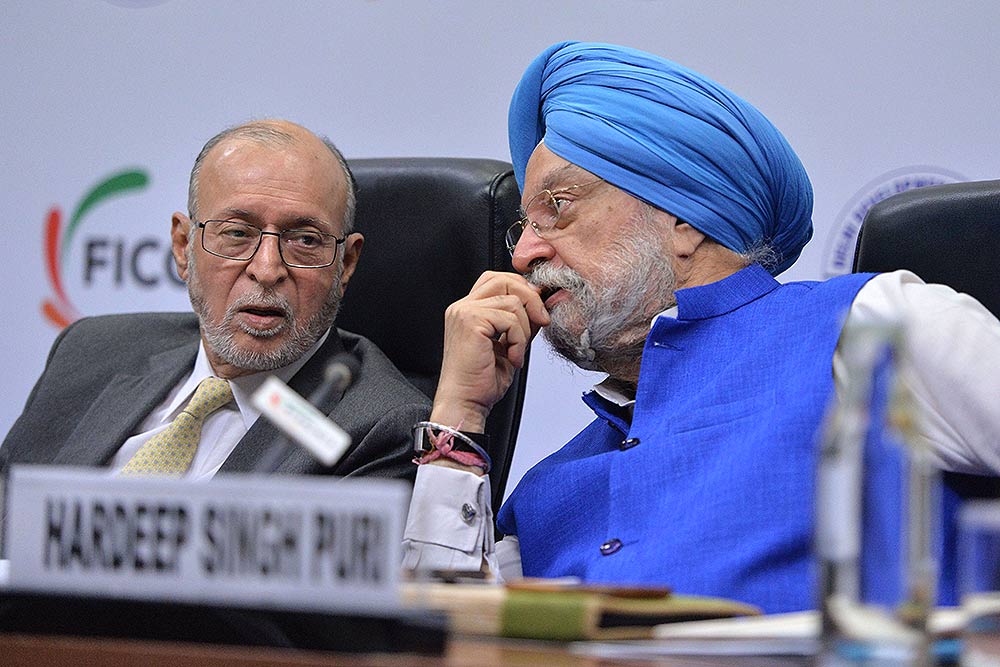International Conference – India 2020 – Vision for Financial Sector
(Sri Guru Gobind Singh College of Commerce, Pitampura)
Mr. Chairman,
Distinguished Participants,
Ladies & Gentlemen,
I am grateful to the Principal Dr. J.B. Singh and the organizers of this Conference for inviting me to be with you this morning. I understand that this Conference is the Second International Conference you are organizing. Last year, in March, you hosted ‘Vimarsh 2013’ on ‘The attractiveness of India as a Global Investment Destination’.
The subject you have chosen: India 2020 – Vision for Financial Sector is important and a discussion on this timely.
I have no doubt that your deliberations today will provide an opportunity not only for informed discussion but will also produce inputs which hopefully you will submit to those responsible for formulating policies in the financial sector.
Over the past two decades since 1991, financial markets in India have witnessed a significant broadening and deepening of service baskets with the introduction of several new instruments and products in banking, insurance and capital markets space. The past few years have been difficult and yet India has done reasonably well in relative terms.
A report prepared by KPMG in association with the Confederation of Indian Industry (CII) states that the Indian banking sector is expected to become the fifth largest in the world by 2020. The report highlights India as one of the top 10 economies of the world with relatively lower domestic credit to gross domestic product (GDP) percentage. There would appear to be tremendous scope for growth in the banking sector. Bank credit is expected to grow at a compounded annual growth rate (CAGR) of 17 per cent in the medium term, eventually leading to higher credit penetration in the economy.
Meanwhile, IRDA estimates that the insurance business in India would touch Rs 4 lakh crore (US$ 65.32 billion) by the end of FY14.
I would like to turn briefly to the state of the Indian economy, the efforts being made at the multilateral level, i.e. in the United Nations on the next step of global goals and then conclude by sharing with you my vision of 2020.
Our prime minister, modest by nature, in his farewell press conference Jan 3, said: “I am concerned that we have not been as successful as we need to be in generating employment in the manufacturing sector.”
According to a joint study by Boston Consulting Group and the Confederation of Indian Industry (CII) in November 2013, the share of manufacturing in India’s gross domestic product (GDP) declined to 15.1 percent in 2013, the lowest in the decade.
The situation relating to agriculture is worse. More than 60 percent of India lives in rural areas and relies largely on this sector for survival. The contribution of agriculture to the GDP has been steadily declined from 19 percent in 2004-05 to 13.94 percent in 2012-13.
And now inflation. The figure was 3.8 percent in 2004 which increased to 12 percent in 2010 and is still around 11 percent. This level of inflation has the effect of nullifying almost all the other gains, especially since growth is around five percent.
The overall job creation in 2004-05 was 460 million. In 10 years, the number has only increased to 470 million. This also speaks for itself. A statistic on which there has been relatively less focus relates to the Gini coefficient, which measures inequality. A Gini coefficient of zero expresses perfect equality and a coefficient of one expresses maximal inequality.
Those responsible for economic policy decisions would be well advised to look at the growing disparities. An increase in the Gini coefficient from 0.325 in 2004-05 to 0.339 in 2012-13 is alarming.
Given the overall fall of GDP growth from 9.4 percent to 4.5 percent in the last ten years, a decline in the share of manufacturing and agriculture in GDP and jobless growth from foreign investment in the services sector, which accounts for nearly 60 percent of the GDP today, should set the alarm bells ringing.
This makes a toxic and highly combustible cocktail. What is required is urgent course correction and dynamic leadership to guide and push through these changes.
We live in very interesting times. We are witnessing certain global trends that are affecting our lives in multiple ways. Today, we are facing critical “problems without passports” which intertwine the future of entire humanity together. Problems such as climate change, rising economic inequalities, financial contagion are affecting our lives like never before and we must devote our highest priorities to attend to them.
The United Nations, as a global forum, evolved the Millennium Development Goals from 2000-2015 and MDGs have been a mixed success. As the period of the MDGs draws to a close and we move towards the framing of next set of goals for 2015-2030, the Sustainable Development Goals (SDGs), we must examine the global trends afflicting the world today.
Work has begun on the preparation of the post MDG phase. Inter-governmental negotiations are currently underway in New York. The Co-Chairs of the Open Working Group on SGDs have prepared a Focus Areas Document. I will briefly outline, in not more than a sentence or two the main preoccupations in each of these focus areas by drawing on the Focus Areas Document prepared by the Co-Chairs.
Eradication of poverty in all its forms remains the overriding priority and a necessary condition for sustainable development. The pursuit of this would provide a strong nexus to the realization of the unfinished business of the MDGs.
Increasing agricultural productivity sustainably and improving food systems is important for economic well being as well as for ensuring food security and nutrition and eradication of hunger.
Healthy populations are important assets for sustainable development. Improving healthy life expectancy is a widely shared endeavor. Therefore ensuring adequate, affordable and accessible health services for all should be progressively realized.
Everyone has a right to education, which opens up lifelong opportunities and is critical to achieving poverty eradication across generations. Achieving universal access to and quality of education is also important in promoting gender equality and empowerment of women, and in shaping values and creating the necessary skilled and productive labour force.
Provision of equal opportunities for men and women, boys and girls, is necessary for the full realization of their rights, their potential, and their contribution to sustainable development. Therefore achieving gender equality and women’s empowerment is important.
Water is an indispensable life sustaining natural resource. For a water-secure world, the whole water cycle has to be taken into consideration to tackle water-related challenges including waterscarcity and drought, pollution, water borne diseases, and water related disasters, loss offreshwater biodiversity and spread of invasive alien species in water bodies.
Energy plays a critical role as an engine for economic growth and social development. Ensuring access to affordable, modern and reliable energy resources for all is also important for povertyeradication and provision of basic services.
Economic growth is necessary for progress on the social and environmental fronts. Achieving sustained and inclusive economic growth remains the surest means of eradicating poverty and attaining shared prosperity.
Structural transformation through industrialization is a key driver of growth in productivity, employment creation and improvement of living standards, fostering economic diversification and technological upgrading.
Efficient, productive and globally competitive economies require well-functioning infrastructure. Provision of adequate and reliable infrastructure for water, sanitation, energy, transport and communications is necessary for social and economic development and improvement of quality of life.
Inclusive and robust economies and societies should provide employment and decent jobs for all those seeking work. Achieving full employment and decent work is necessary for social inclusion.
Inequalities within countries can be socially destabilizing and also have negative consequences for economic growth. Inequalities between countries can have negative effects on global solidarity and international cooperation to address shared challenges.
Building sustainable cities as well as decent and affordable human settlements for all remains an important undertaking
Fundamental changes in the way economies and societies produce and consume are indispensable for achieving global sustainable development.
Climate change poses a grave threat to sustainable development and poverty eradication.
The conservation and sustainable use of marine resources, oceans and seas ensures the provision of economic and social benefits and ecosystem services to humankind.
Humans are fundamentally dependent on the capacity of ecosystems to provide services for their well-being and societal development.
The means of implementation are an integral component in achieving sustainable development, including trade, financing for sustainable development, capacity building, and development and transfer of environmentally sound technologies.
My Vision of 2020
When I think of our nation in 2020, our most striking feature will be our young population. By 2020, India is set to become the world’s youngest country with 64 per cent of its population in the working age group. India will also become the largest English-speaking nation in the world, overtaking the US.
India is set to experience a dynamic transformation as the population burden of the past turns, if we take the right decisions, into a demographic dividend. This demographic dividend offers us a unique opportunity, an opportunity we cannot afford to miss.
I would like to see India setting an example. It should be a model for other countries to emulate in each of the areas I have just outlined for the SDGs. India should set an example for poverty eradication, increasing agricultural productivity, healthy population, education, provision of equal opportunities, provision of water, energy, economic growth, industrialization, infrastructure, employment, building sustainable cities, climate change, conservation of marine resources and sustainable development of environmentally sound technologies.
I do realize, in fact I am acutely conscious that a vision is like a dream. It cannot be realized unless we have the determination to do our very best, take the right decisions and pursue a mix of policies that create the most appropriate environment to facilitate the realisation of that vision. I conclude on a note of hope by emphasizing that it is doable.
Thank you,

Synopsis Union Minister Hardeep Singh Puri stated India's commitment to an inclusive global energy future through open collaboration, highlighting the India-Middle ..

देश में एक करोड़ यात्री प्रतिदिन कर रहे हैं मेट्रो की सवारी: पुरी ..

Union Minister for Petroleum and Natural Gas and Housing and Urban Affairs, Hardeep Singh Puri addressing a press conference in ..

Joint Press Conference by Shri Hardeep Singh Puri & Dr Sudhanshu Trivedi at BJP HQ| LIVE | ISM MEDIA ..
(3).jpg)
"I wish a speedy recovery to former Prime Minister Dr Manmohan Singh Ji. God grant him good health," Puri wrote. ..